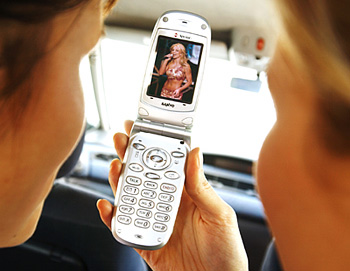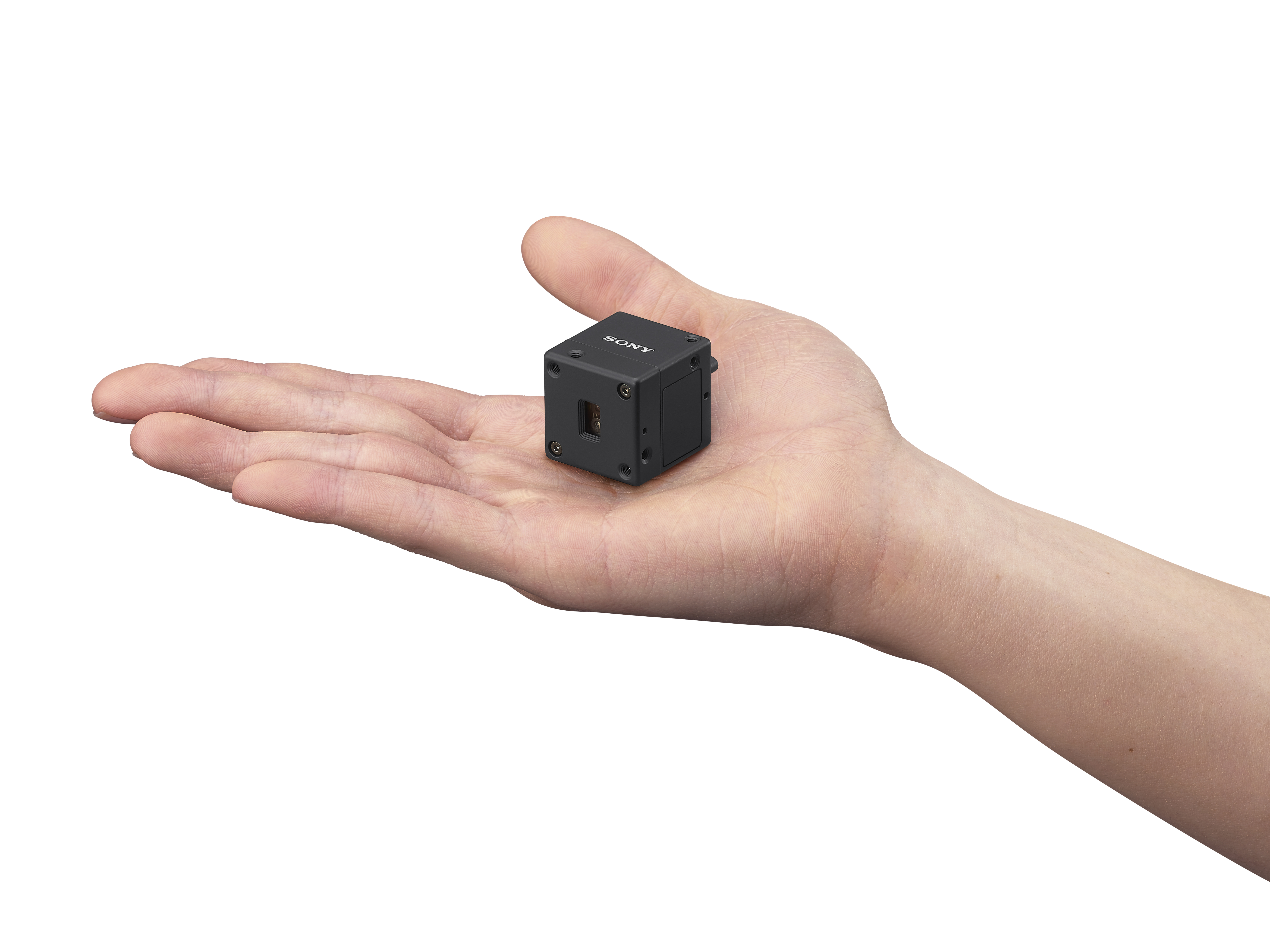A Modest White Space Proposal

"Eureka!" ("I have found it!") Archimedes cried as he ran naked through the streets of ancient Greece, having discovered a method for determining the volume of an object with an irregular shape.
Because of the FCC crackdown on costume malfunctions and the fact that TV Technology is a family-friendly magazine, I'll keep my clothes on. But I have found it, a modest white spaces proposal that would make Jonathan Swift proud. As both of you regular readers of this column have long realized—I'm not a way-technical kind of guy. This is going to be a nuts and bolts description of the solution. Where my solution requires new technology to be invented, you engineers should invent it, as usual.
INTERFERING DEVICES
My understanding of the white space controversy is this: White spaces are the TV channels in any market that are unoccupied by licensed users. Consumer electronics makers say they can develop devices that will use such unoccupied television channel spectrum. These devices will sense which channels are occupied and which are unoccupied, and use only spectrum that will not interfere with licensed use.
Licensed users of the television channel spectrum, which include certain public safety entities, are concerned that white space consumer electronics equipment will interfere with their television broadcasts, cable and satellite TV services, public safety and certain wireless microphone operations. They worry that once such white space devices are in consumers' hands, there will be no way to remove interfering devices from service.
A proper solution, it would seem, would protect those who fear white space device interference will ruin their existing businesses, but allow white space innovation to go ahead. If white space device makers are wrong, it should cost them, and they should have to remove the devices from service (and refund the cost to the consumer). If broadcasters (et al.) are wrong, it should cost them, and white space devices should remain in service. How to do that? Simple.
THE SOLUTION
First, require all white space devices to transmit the equivalent of a broadcaster's station identification. Once per minute, conforming to a strict protocol, these devices will broadcast the name of their manufacturer, model number, serial number and operating frequency.

Once that station identification information is integrated into the white space device operation, each of the four players in the plan—the device makers, licensed spectrum users, government (which would administer the program) and the public—has a role to play.
- White space manufacturers are responsible for funding half the government costs of administering the white space program. Since they're insisting their white space devices will not interfere with licensed users, they will also be responsible for promptly retrieving any such devices, once notified of interference being caused, and paying fines for failing to do so. No interference, no problem.
- The licensed users are responsible for funding the other half of the government costs of administering the program. They will also be responsible for purchasing the WASSIT test devices (see below), transporting and retrieving them, and downloading interference information from them.
- The government will be responsible for administering the program. Since I'm told the government is more than out of money, and it's my money anyway, these government costs are to be paid for out of the above two parties' pocketbooks.
- The public has one responsibility in my plan: complaining. If they think their TV signal, cable or satellite TV equipment is experiencing interference, it's their responsibility to complain. It's my sense that with a little practice, they'll become good at this.
OK, now we've got the player in place. It's time for the inventors to get busy. What we need is a WASSIT, which is a White-spaces Analytic Spectrum Sweeping Instrument Technology device.
This WASSIT device is a simple sealed black box with the following features: it contains an RF receiver able to sweep through the entire white space spectrum quickly and repeatedly, sense licensed spectrum operation, sense interference and record those readings along with the date and time, interfering device manufacturer, model, serial number and a precise GPS location.
The exterior of the WASSIT box contains a DC jack for recharging, a data port to interface with an Internet connected PC, an off/on switch and an LED indicator light. (These devices are to be built in the United States for homeland security considerations.)
MAKING IT WORK
Here's how it all works. A member of the public complains about interference to the TV station, cable or satellite TV provider. At its own expense, that TV entity dispatches an employee or service provider with a WASSIT to be placed at the complainer location. When it is retrieved, if the LED indicator is flashing, it means the WASSIT has detected interference. It is then connected to an Internet connected PC, which will relay the interference information to a central data center managed by the FCC.
Notice of the interference, along with frequency, time, date, manufacturer and location information is then relayed to the white space device maker, who need to immediately (within 48 hours) get that device out of service to avoid a fine.
How big a fine? I'll pick a nice round number: $1,000 per-day, per-device. I think Solomon would find that amount to be perfect, equidistant between the per-incident amount consumer electronic device manufacturers would recommend ($0.00) and what licensed users would recommend ($1,000,000).
(Hey, you white space device makers said there would be no interference, none. You'll never have to pay a fine, according to you.)
Ninety percent of that fine goes to the licensed spectrum operator to offset the costs of the WASSIT boxes and running them out and back from the field. The balance goes to the developer of this plan.
I figure this plan will not only rock the white spaces controversy off its high-centered position, but also jerk the U.S. economy back on its feet almost immediately. Between new government employees required, those hired to run WASSIT boxes out and back in the field, and those hired by consumer electronic device makers to retrieve interfering devices, I've probably already created the 2.5 million jobs the new administration has promised.
Plus, this plan is sure to work. Read through the plan again, it contains a Biblical reference, suggestion of nudity, the words homeland security and the opportunity for the government to create a new bureaucracy. It's all there.
Craig Johnston is a Seattle-based Internet and multimedia producer with an extensive background in broadcast. He can be reached at craig@craigjohnston.com.
Get the TV Tech Newsletter
The professional video industry's #1 source for news, trends and product and tech information. Sign up below.
